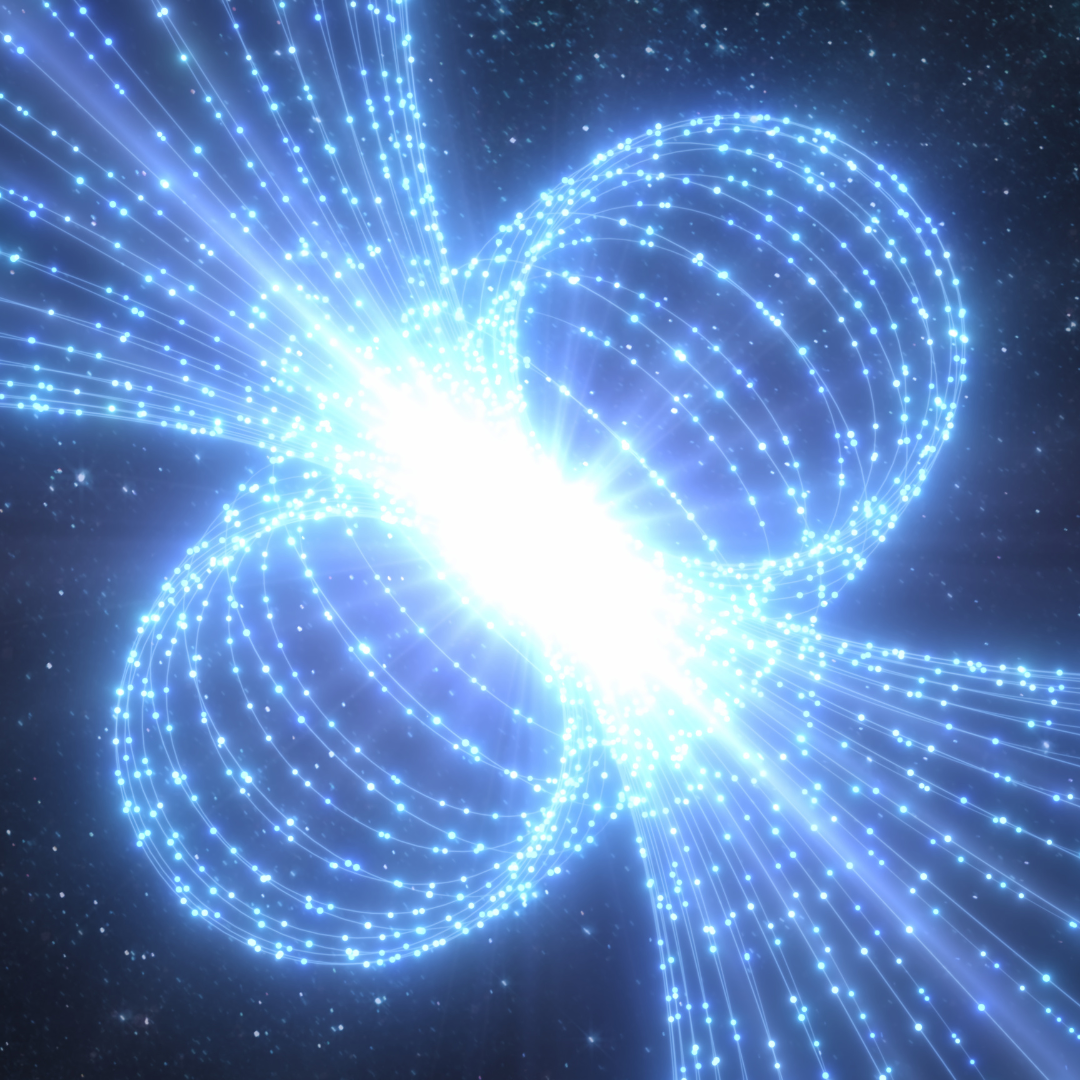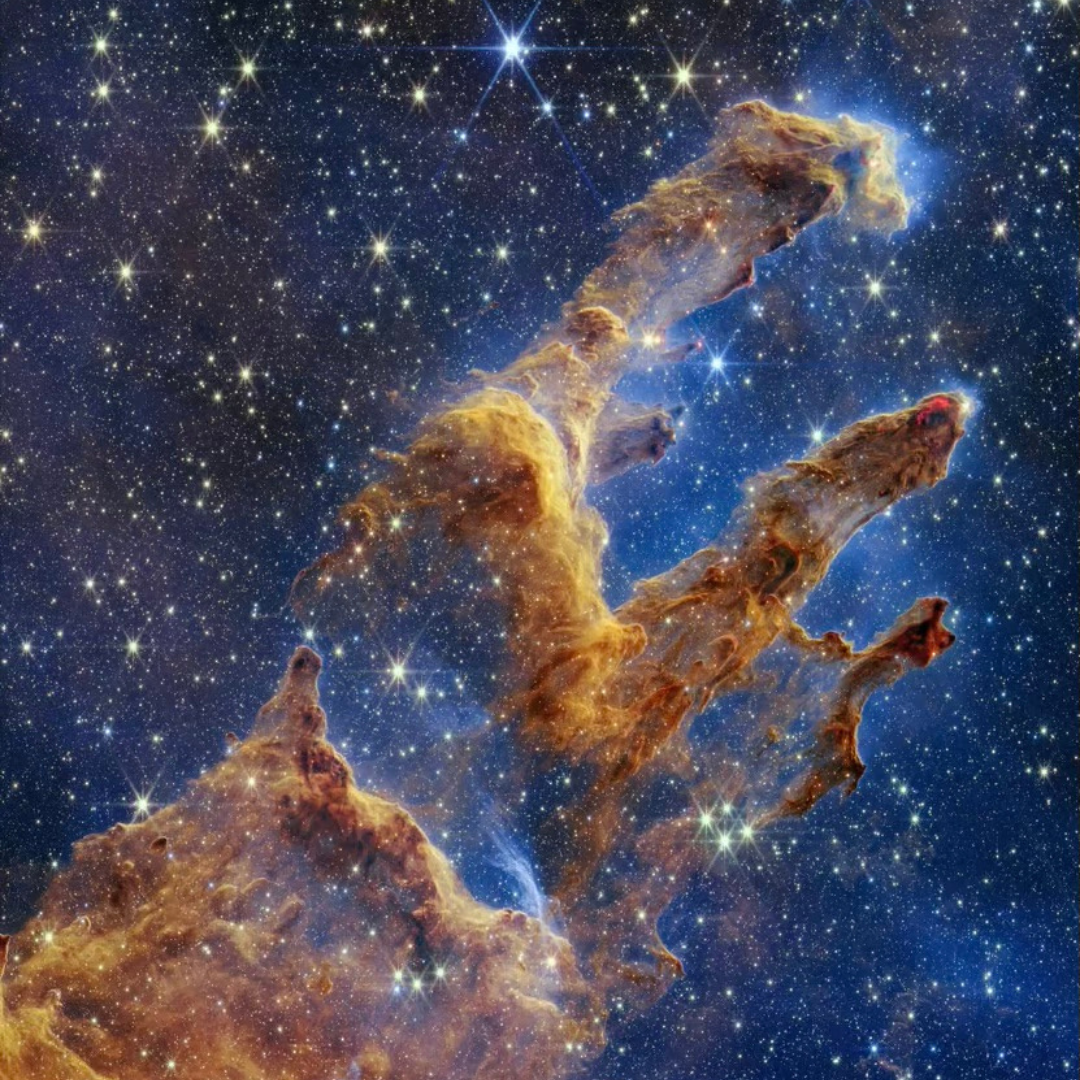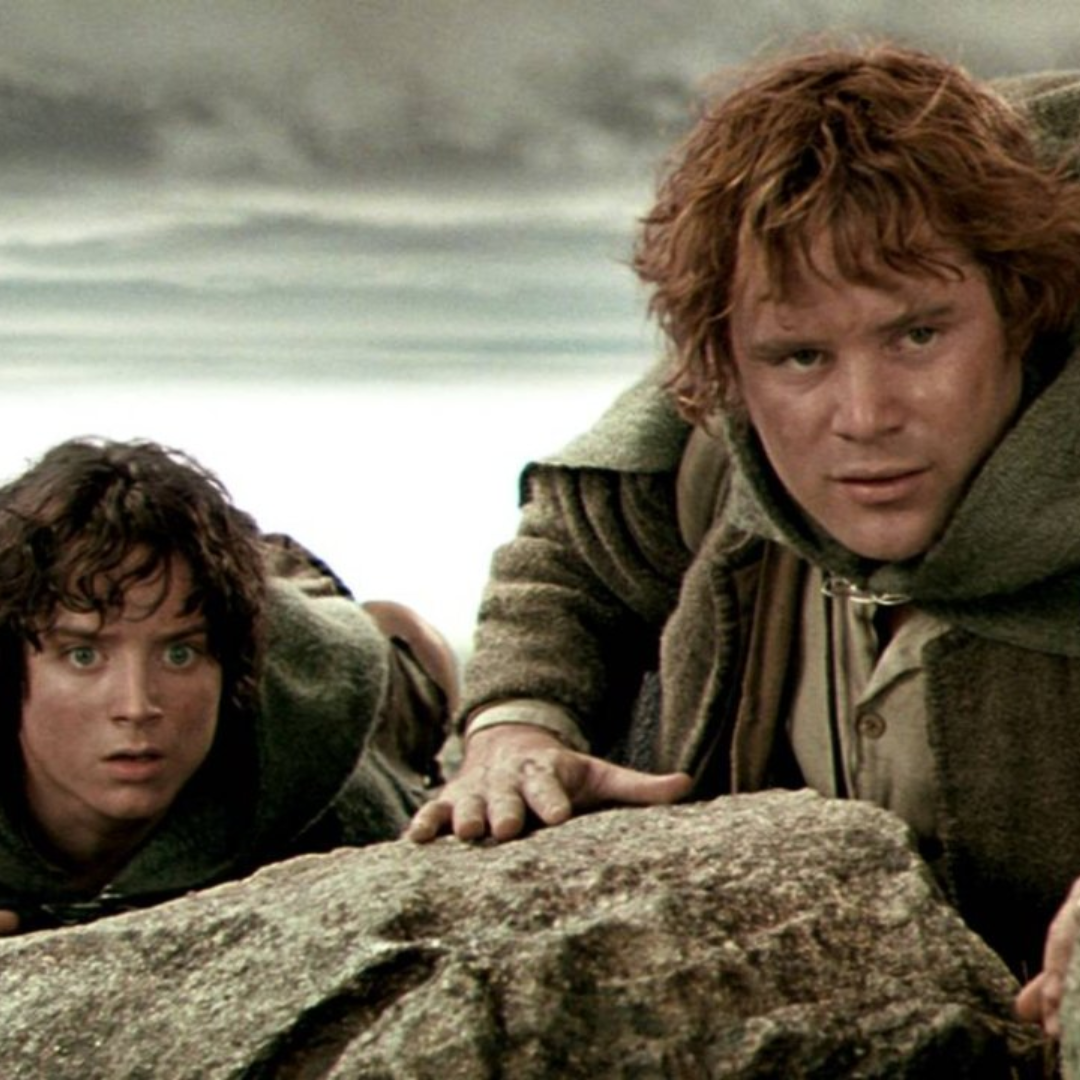
Morphogenic Fields
~6 min read
The development of living organisms is complex. For animals, the starting point is a fertilized egg that contains all the genetic information about the organism. Through the process of cell division, new cells are formed that contain the same genetic information as the original cell. This group of cells forms a zygote. As cell division proceeds, the zygote becomes an embryo.
As the embryo develops, cells become specialized for the various functions within the body. This leads to the formation of organs and tissues that eventually form the organism. The specialization is influenced by HOX genes, small segments of genetic material that control cell structures and specialization. The embryo goes on to become an organism.
Organisms reflect structures and morphologies of their parents. People in a family look similar. Children look like their parents and like their siblings. The average human has about 36 trillion cells, so a person is 36 trillion times larger than a cell. Genes are smaller than cells. Is there something beyond molecules and genes at work here influencing the organism’s morphology?
Theories of Morphogenic Fields
In the early 1900s there was a theory of morphogenetic fields in which the development of cells in an organism was influenced by the local chemical environment in the cells, giving rise to organs and tissues. Then in the 1940s the genetic nature of cells was discovered (not so long ago at all), and attention was shifted from morphogenetic fields to genes. But genes are still working at the cellular level. How do genes cause an organism to look like its parents? We still need something to influence development at a larger scale, at the level of organs and organisms.
What if morphogenetic fields are not just chemical zones but are actually fields?
In the study of elementary particles, the starting point was that the particles were chunks of stuff. My sense is that this is how most people would view them now. But fundamental physics has gone beyond this view. The standard model of elementary particles is based on field theory, in which all of space is filled with a field for each type of particle. Excitations in those fields appear to us as particles. For example, the universe is permeated by an electron field. In regions where the energy density is high enough, the electron field undergoes an excitation that we see as an electron. Quantum fluctuations in the electron field cause the spontaneous formation of electron-positron pairs all the time. In an extremely short time interval, the particle pairs are reabsorbed back into the field. Space is a roiling cauldron of subatomic particles. We think it’s particles but it’s fields. We think there are fields because it explains things.
Particles are Actually Fields
As Sean Carroll, a world-famous particle physicist says, we can explain all about particle physics in a fairly simple theory, but we have to give something up first. And what we have to give up is the notion that particles are, well, particles. We have to accept that particles are actually fields. Once we get over that, it all makes some sort of sense. (Watch Particles, Fields and The Future of Physics - A Lecture by Sean Carroll, at timestamp 14:40.)
Experts in the field of genetics and embryology say that there is no evidence for morphogenetic fields. Perhaps the evidence is too obvious. To say that molecules at the cellular level control organism morphology seems like quite a large extrapolation.
One difference between particles and fields is that particles must touch something to influence it. Fields can influence something at a distance. The Sun is 150 million km from Earth, but the gravitational field of the Sun still influences Earth. It seems the Cosmos uses fields to affect the nature of events.
So, is the development of organisms influenced by morphogenetic fields? Is there evidence for these fields?
There have been papers published looking at morphogenetic fields in relation to regeneration and cancer (see “Morphogenetic fields in embryogenesis, regeneration, and cancer”). It is not part of mainstream science or medicine yet.
Like the discussion between teleological and mechanistic worldviews, fields provide a more holistic understanding of the development of organisms while mechanistic views look at the details. To someone with a mechanistic perspective, saying there are fields working here will be a challenge. But perhaps it’s not an either/or decision but rather both/and. It might be an indication of more discoveries required to complete our understanding of how organisms grow from eggs.


